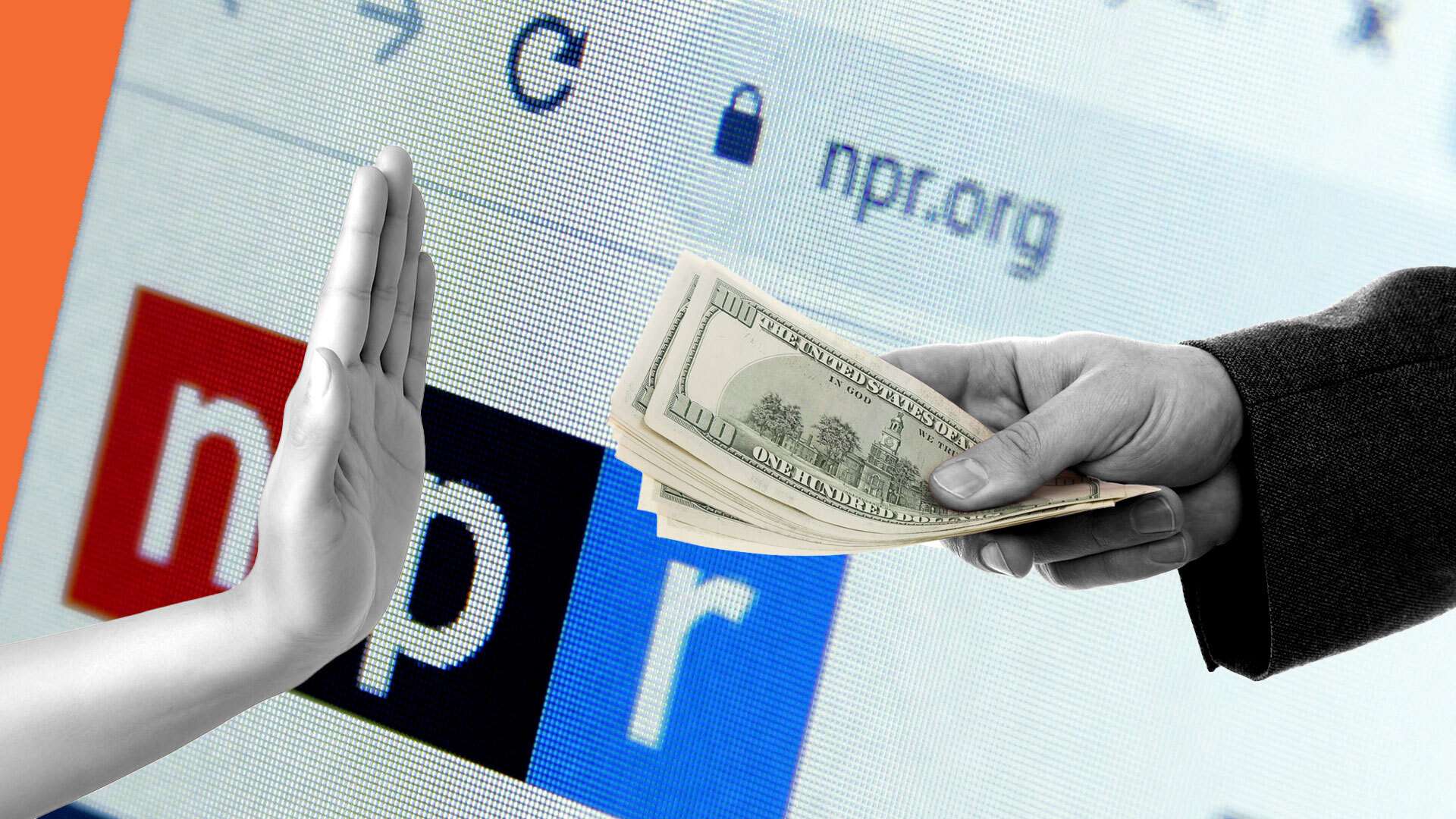The U.S. Senate is racing towards a critical vote on President Donald Trump's sweeping rescissions package, which earmarks a staggering $9 billion in cuts from previously sanctioned federal spending. This controversial plan largely targets programs deemed non-essential, particularly impacting public broadcasters like NPR and PBS, as well as essential foreign aid initiatives. As lawmakers prepare for this high-stakes decision, the internal dynamics within the Republican Party are coming to a head,
Did You Know
Octopuses have three hearts and blue blood.
?
AD
revealing deep divides that may affect the outcome.
Signs of fragmentation are emerging among GOP senators, with key figures such as Vice President JD Vance navigating a split in party allegiance. While some party members staunchly support the president's efforts to rein in spending, others are voicing strong opposition to the proposals, concerned over the impact on critical public services. The recent decision to exempt $400 million in funding for the President’s Emergency Plan for AIDS Relief (PEPFAR) underscores the pressure moderates are exerting to soften the blow of these cuts, highlighting a fragile coalition amid growing political tensions.
As advocacy groups raise alarms over the potential fallout from these financial decisions, voices of dissent are growing louder. Critics warn that slashing funding for public broadcasting and public health services could disproportionately harm vulnerable communities, particularly in rural areas reliant on these vital resources. With the clock ticking toward a final legislative deadline, the proposed budget cuts encapsulate a broader national debate about the role of government in supporting essential services versus the imperative for fiscal restraint. This unfolding drama promises to define not only the future of public funding but also the operational foundation of the Republican Party as it grapples with competing interests.
Q&A (Auto-generated by AI)
What are rescissions in government budgeting?
Rescissions refer to the process where Congress cancels previously approved spending. This can occur when lawmakers decide that certain funds are no longer necessary or when they wish to reduce the overall budget. In the current context, President Trump has proposed a rescissions package to cut $9 billion from various programs, including public broadcasting and foreign aid. This process requires Congressional approval and often leads to significant political debate, especially regarding the impact on services funded by the rescinded amounts.
How does public broadcasting funding work?
Public broadcasting in the U.S. is primarily funded through a mix of federal, state, and local government support, along with viewer donations and sponsorships. The Corporation for Public Broadcasting (CPB) distributes federal funds to stations like PBS and NPR, which provide educational and informational content. Cuts to this funding, as proposed in recent rescissions, threaten the operational viability of many local stations, particularly those in rural areas that rely heavily on federal support for news and community programming.
What is the impact of cuts on rural stations?
Cuts to public broadcasting funding significantly impact rural stations, which often serve as the primary source of news and information for isolated communities. These stations rely heavily on federal funding to operate, and reductions can lead to service cuts, layoffs, or even station closures. For example, the proposed $1.1 billion cuts could leave many rural stations without the resources to provide essential local news, educational programming, and emergency alerts, thereby diminishing community engagement and access to information.
Who benefits from public media funding?
Public media funding benefits a wide range of stakeholders, including local communities, educators, and marginalized groups. It supports the production of content that is often not commercially viable, such as educational programs, local news, and cultural programming. Audiences in rural and underserved areas particularly rely on public broadcasting for vital information and community connection. Additionally, public media plays a crucial role in fostering informed citizenship by providing unbiased news coverage and diverse perspectives.
What historical precedents exist for funding cuts?
Historical precedents for funding cuts to public broadcasting can be traced back to various political administrations. Notably, during the Reagan administration in the 1980s, significant funding cuts were proposed, leading to widespread protests and advocacy for public media. More recently, debates around funding have intensified during times of economic strain or political shifts, with each administration proposing different approaches to public media support. The current proposed cuts echo these past tensions over the role and funding of public broadcasting in American society.

















